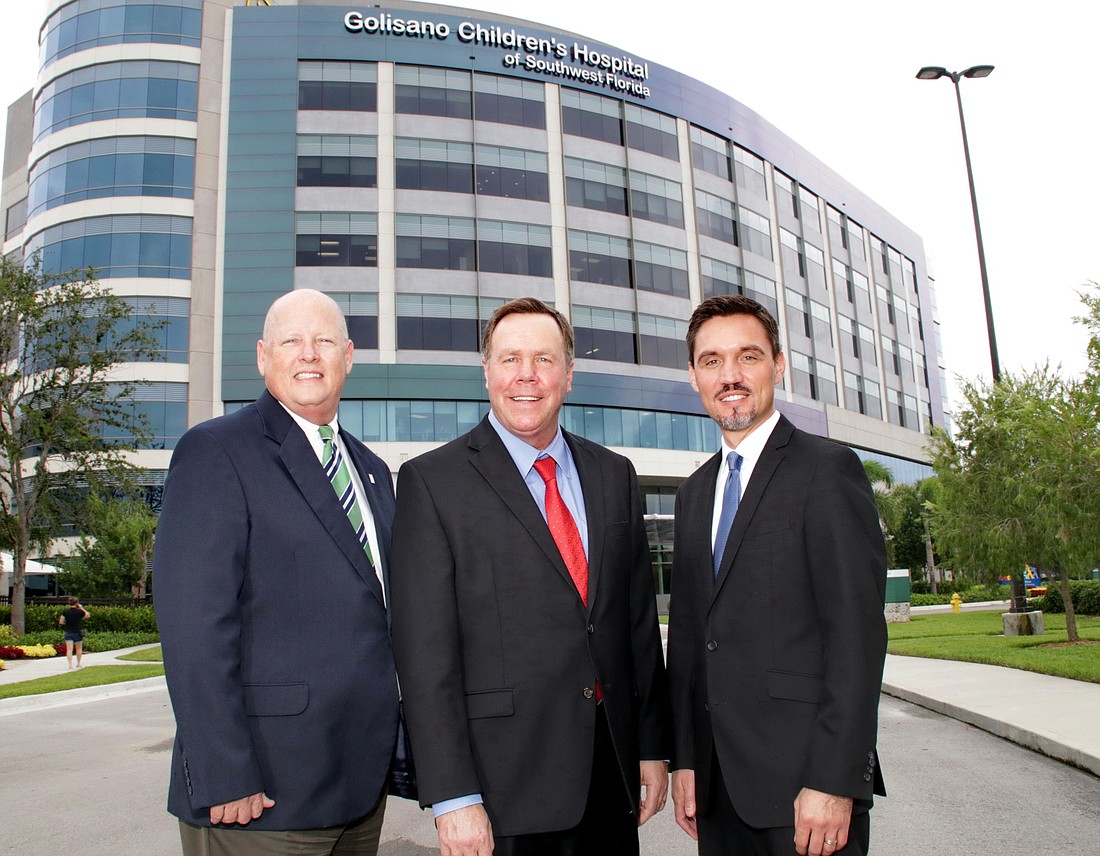- December 13, 2025
-
-
Loading

Loading

Founded in 1938, St. Petersburg-based Harvard Jolly Architecture has survived for eight decades in the competitive field of architecture thanks to the strength and diversity of what President and COO Ward Friszolowski calls its four-legged stool: design work for health care facilities, universities, schools for kindergarten through 12th grade and government projects such as police stations and libraries.
Such buildings are what make communities work, and thus they need to endure. But they also need to be designed for the future, which makes Harvard Jolly’s work challenging. In Florida, codes and regulations for municipal buildings are updated every few years, which means the firm's architectural staff are often linked with engineers for a holistic approach to bringing projects out of the ground.